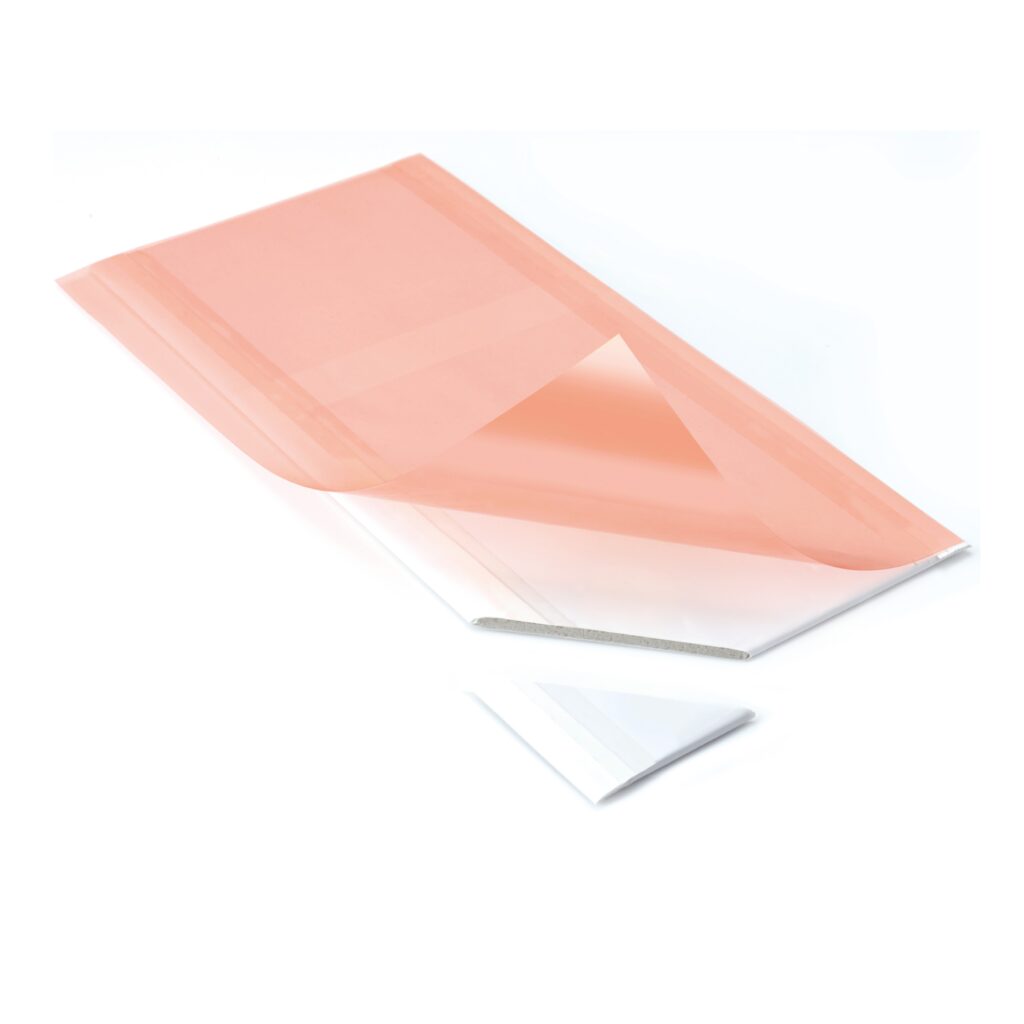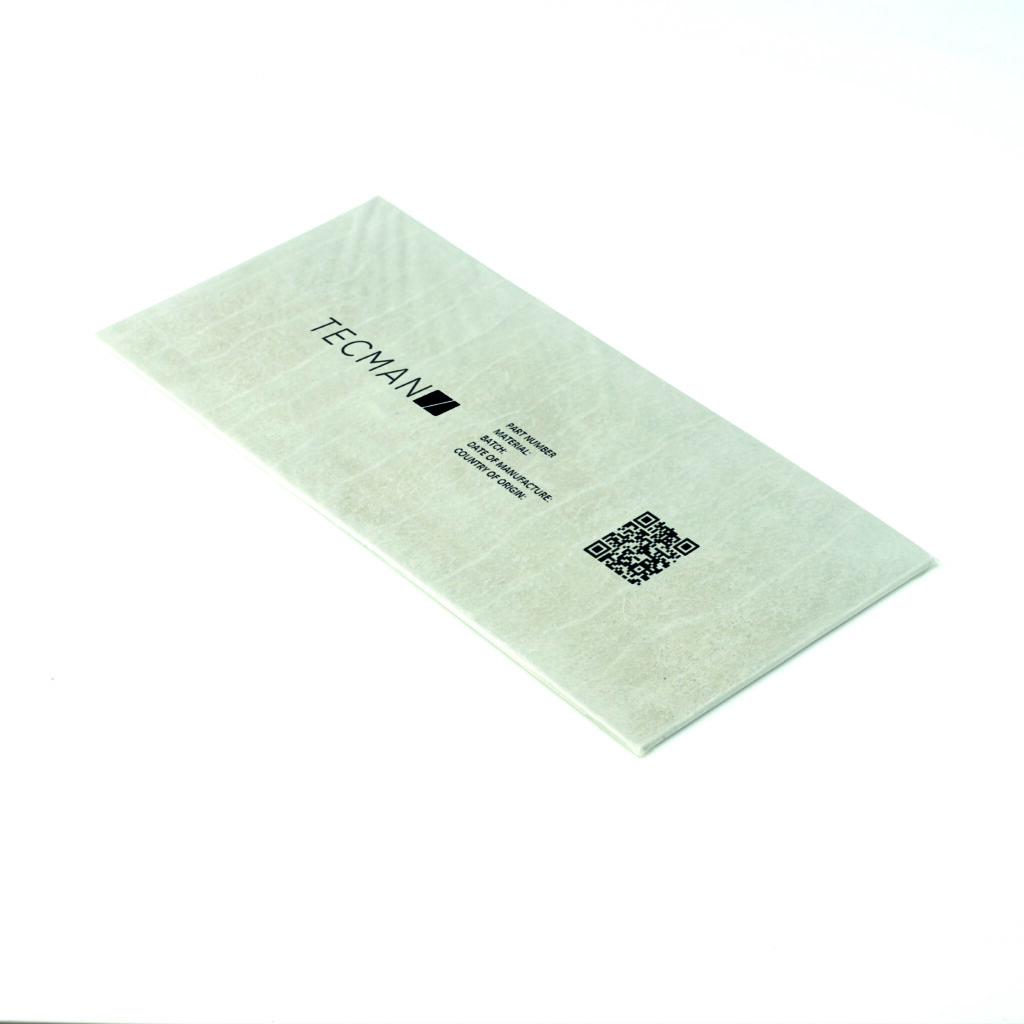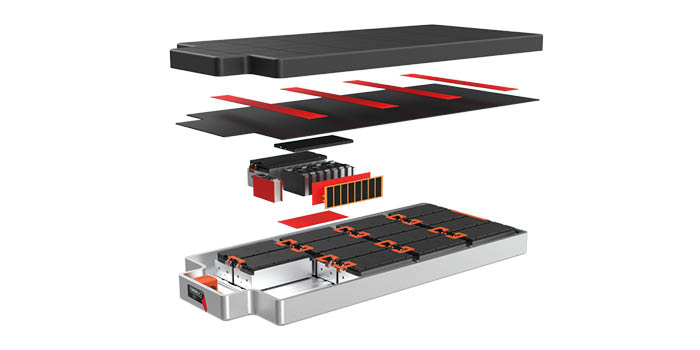How can a contrarian approach to development and testing unlock a competitive advantage for OEMs?
When it comes to developing and testing automotive solutions, whether for interior components or battery packs, innovation happens when flexible customers work with creative engineers. Developing rigorous solutions that withstand extensive testing is what motivates the team at Tecman and we’ve been fortunate to have worked with some of the largest OEMs to help them develop and test bespoke solutions to pressing automotive challenges.
We’ve spent decades developing components and deploying the right materials to meet detailed specifications. This has involved using a range of internal and external testing methodologies to ensure products are fit for purpose.
Typically, when OEMs approach suppliers for technical and engineering support, they have a challenge and several considered solutions. The objective is usually to develop these into a final product, rather than to consider the challenge afresh.
The limitations with this approach are that across the industry, suppliers are trying to fit existing solutions into unique challenges. Consequently, there is a reproduction of what is already being done by others, but it isn’t resulting in any meaningful innovation or advancement.

So how can OEMs develop a competitive advantage through innovation?
There is an optimum point for innovation – it lies somewhere in-between reproducing what already exists and re-inventing the wheel. To achieve this, suppliers need to gently challenge existing assumptions on how to best develop and test an ideal solution.
When we first start working with an OEM, we undertake preliminary testing of existing materials – this helps us to understand the end environment and make a rapid assessment of how we can develop new solutions to meet a customer’s exact specification or overcome a specific challenge.
One of our projects saw a major OEM specify that a protection film solution needed to be capable of withstanding temperatures of 85°C for two hours at a time, which helped us quickly rule out some materials. Preliminary testing often throws up new ideas and aids experimentation, which in turn helps build trust between engineering teams.
Engineering partners that are able to draw on development and testing methodologies from different industries can reframe challenges and help unlock new perspectives. However, sometimes industry differences do necessitate different testing approaches. We worked on an automotive project that involved bonding an external trim to a vehicle, requiring extreme stress testing to replicate real world conditions. Our sub-zero shock testing on the trim component helped us to understand how vibration, impact and temperature affected bonding performance and differed from our approach to a construction project, where field testing insights demonstrated that the peel strength of a bond could be sacrificed to prioritize a high shear strength.
Working across sectors gives us exposure to similar (and dissimilar) challenges to those experienced by our automotive customers and is an asset because it facilitates the diffusion of ideas and encourages thinking beyond industry norms.
We applied this through several thermal management solutions developed for two of the leading EV OEMs. Existing solutions had been designed by the customer but our introduction of new materials from an alternative industry brought improved performance and significant cost savings. It was through careful consideration and challenge that innovation was possible.
What does this look like in practice? How this contrarian approach to development and testing happens in practice obviously depends on the type and complexity of the project.
This could be for something as straight forward as the development of a protection film, which requires the testing of the material itself to ensure it conforms to supplier specifications and that it works well with the substrate that it is protecting. It also requires real world application testing to ensure that it can be applied quickly and effectively at point of assembly; this may be via a manual process using jig fixtures, or automated application equipment.
 On the more complex side, innovation in thermal management is a particularly hot (pun intended) issue and something we are seeing as an increasing customer priority. OEMs are looking for improved safety and performance in battery design, for which effective thermal management is essential.
On the more complex side, innovation in thermal management is a particularly hot (pun intended) issue and something we are seeing as an increasing customer priority. OEMs are looking for improved safety and performance in battery design, for which effective thermal management is essential.
Identifying where trade-offs exist is where innovation starts to take place – is an OEM trying to pre-heat battery cells for enhanced performance, to transfer excess heat away to improve vehicle safety, or both?
Running FEA models in the early stages of a project is one way OEMs can narrow material options down and avoid extensive testing further down the product development lifecycle. FEA modeling, conducted via supply partners, is a computerized method for predicting how a product will react in the real-world to forces, vibration, heat, fluid flow and other factors and helps predict whether a product will break, wear out or work as intended throughout its lifespan.
Working with global material manufacturers such as tesa, 3M and Nitto, gives us access to state-of-the-art testing facilities, a vast range of advanced materials and extensive testing data, which is invaluable in being able to select and manipulate materials. Scientific data points gained through testing enables us to compare performance, which is particularly useful for selecting a material with appropriate environmental aging or UV light exposure performance, for example.
We have seen the importance of ensuring that the product development process draws on advanced and innovative testing techniques that mimic the intended context as closely as possible.
Ensuring customers supply samples of the specific substrate they are looking to bond to will ensure testing is accurate and that final solutions will perform well. The use of tools like Mecmesin kits helps assess shear and peel strength and can also be used for destruction tests to understand the limits of a particular solution.
A contrarian approach often manifests itself through suppliers teasing out where the red lines are for OEMs, educating them on the technical capabilities of different options and encouraging them to explore and test materials they may not have considered. This is because innovating in this context is to invent, create or assemble novel, bespoke solutions using combinations of materials, components or parts.
OEMs can gain a meaningful competitive advantage if they look to innovate in every area of the manufacturing and assembly process, but to do this they need to carefully select a partner that is willing to question and push boundaries. Genuinely innovative solutions are hard to come by – which is why they are so valuable.


